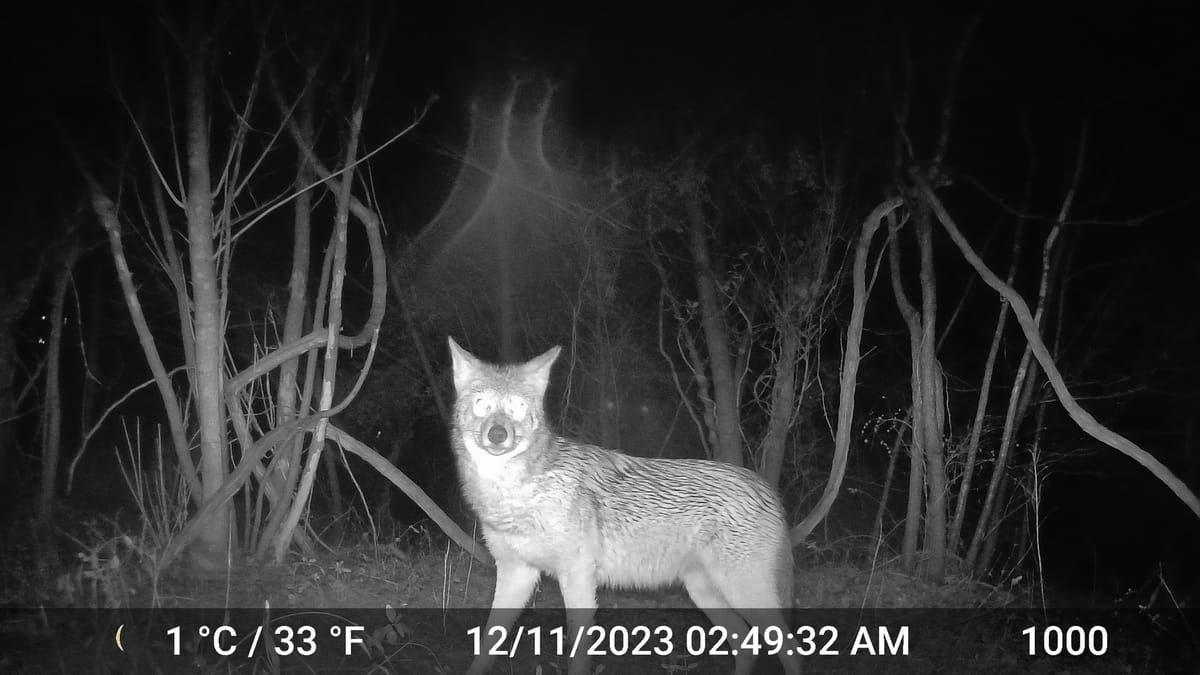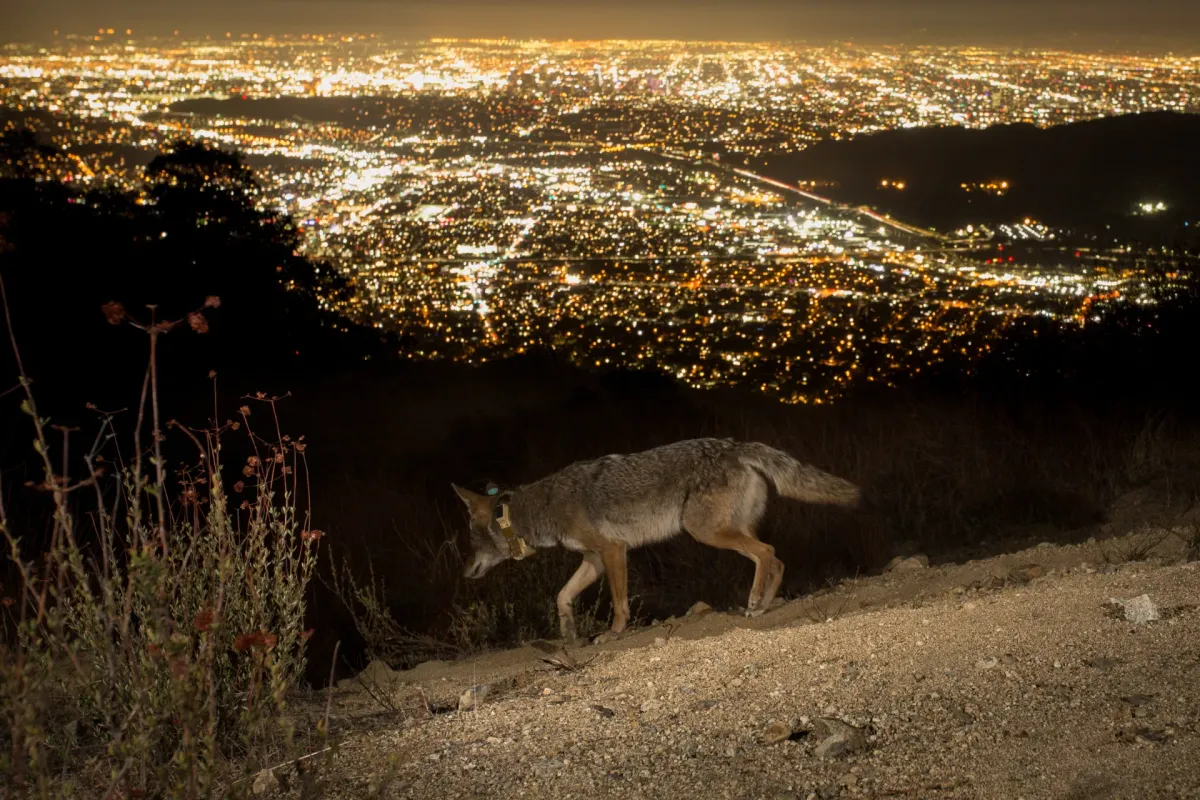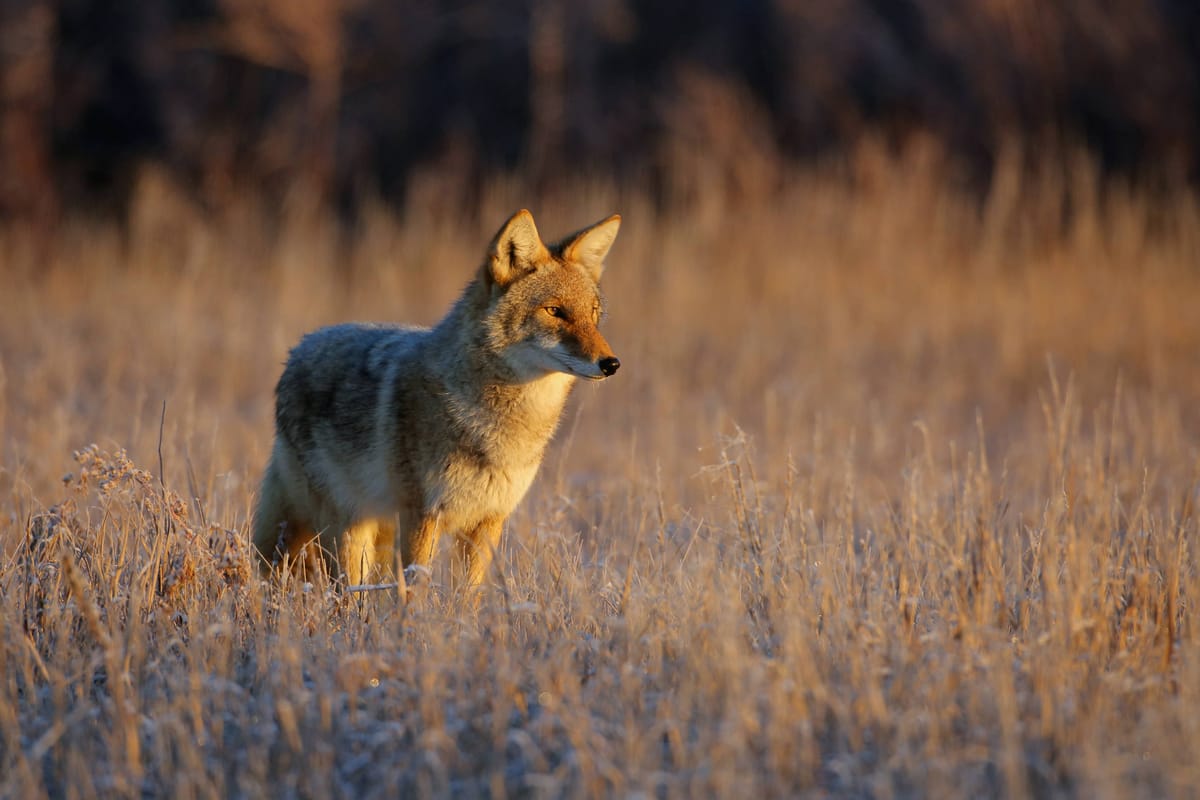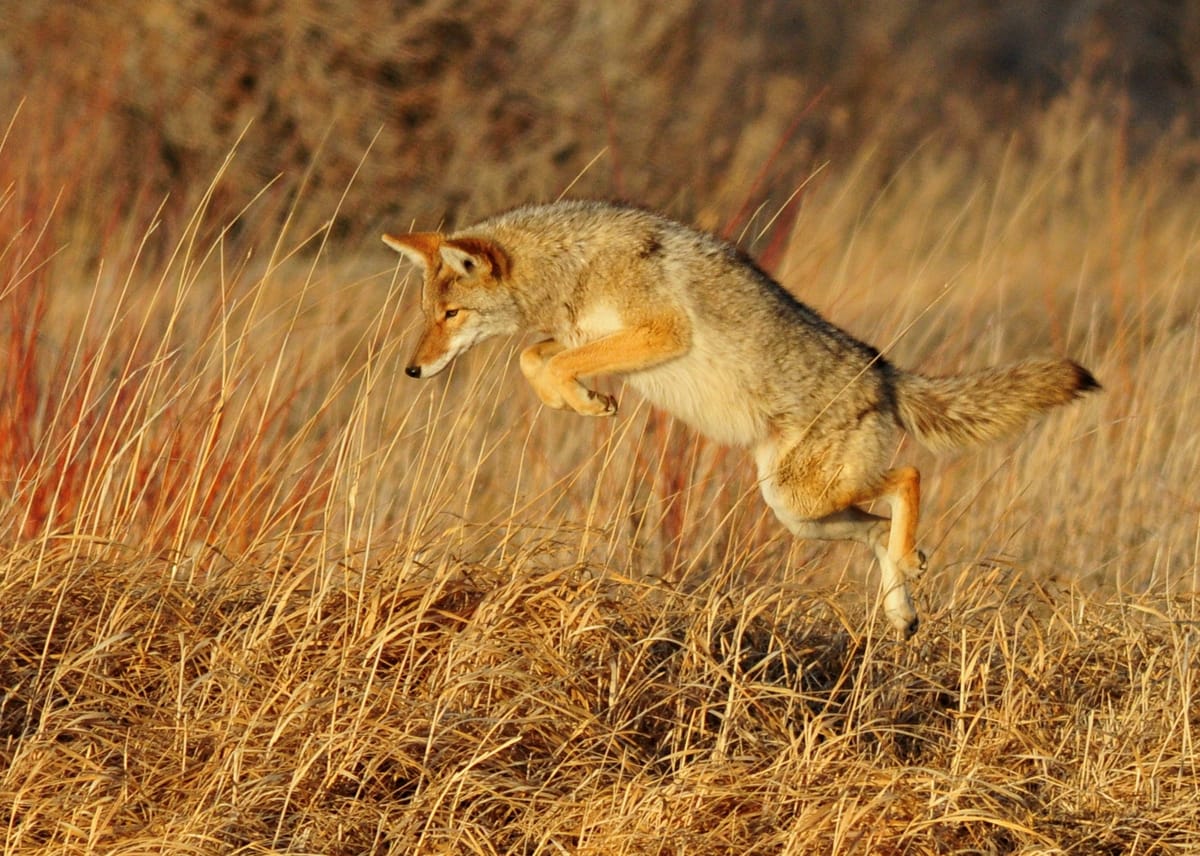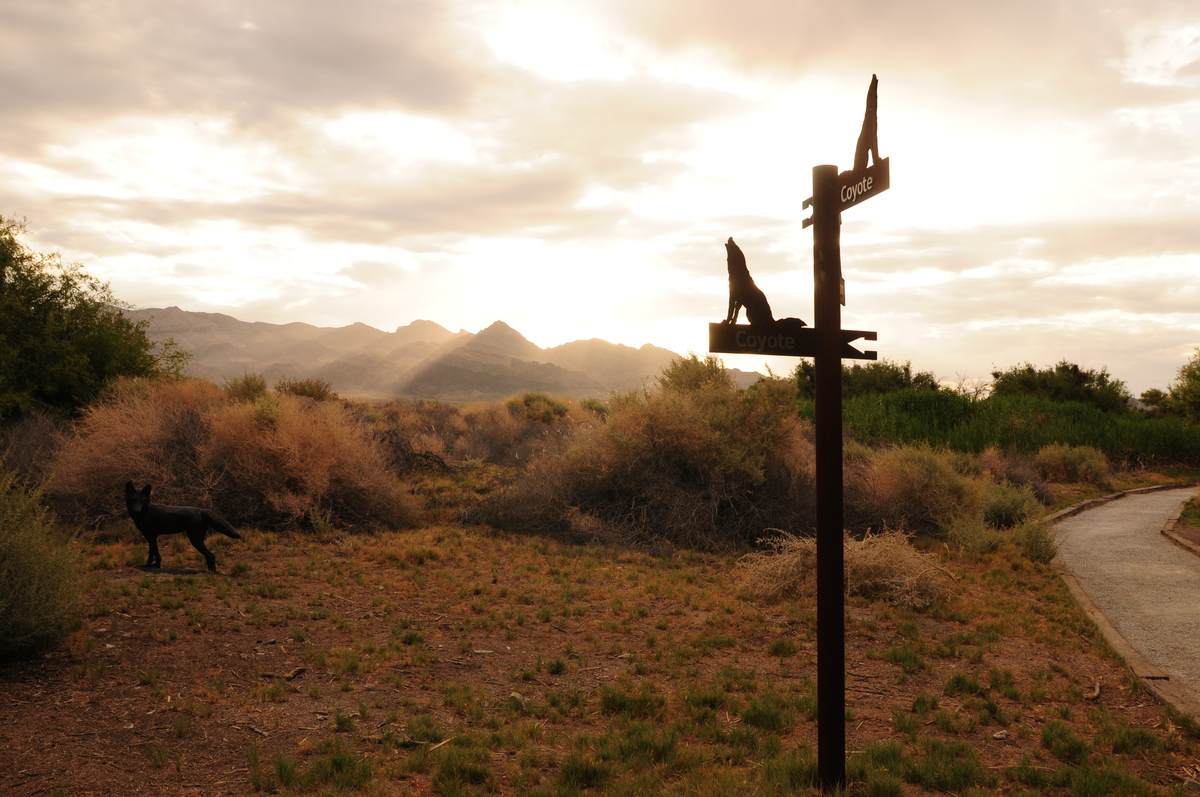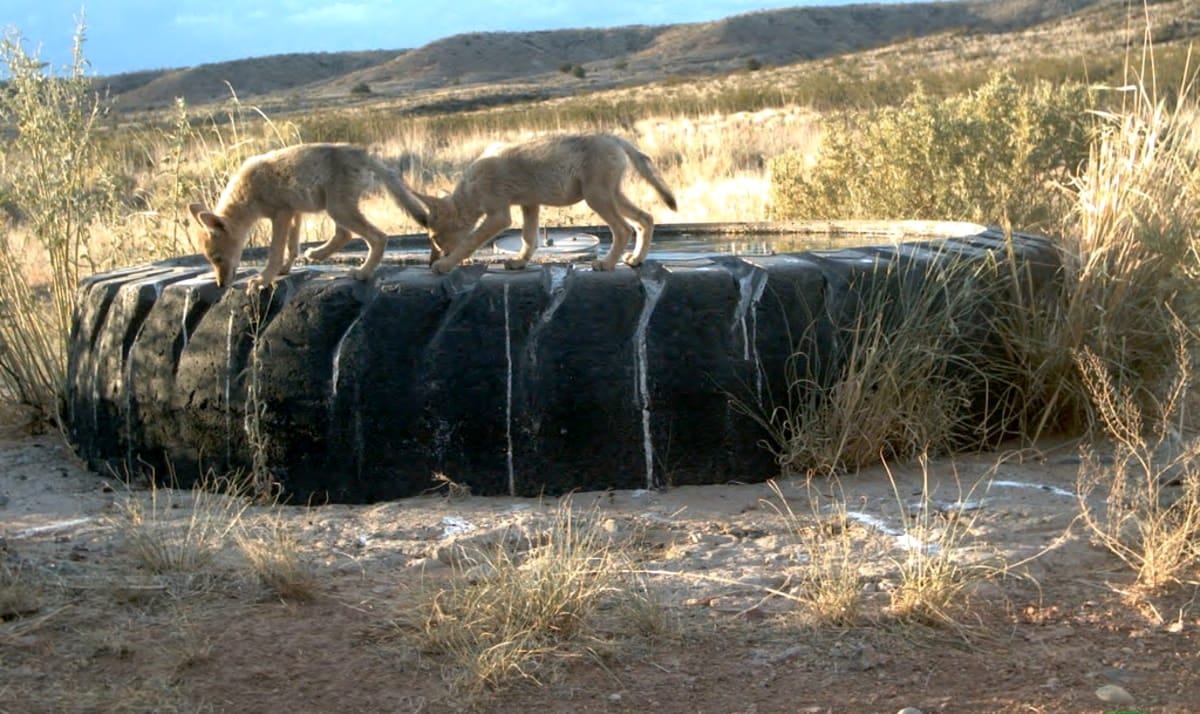Coyotes are among the most geographically widespread carnivores in North America, occupying habitats that range from open deserts and alpine foothills to sprawling suburban neighborhoods. In California, their distribution is especially notable—coyotes are present across nearly the entire state, adapting to environments as diverse as the Mojave Desert, the Central Valley, and metropolitan Los Angeles.
Understanding their distribution is key for both conservation and conflict management. By studying where coyotes live and how they use different habitats, wildlife managers, ranchers, and communities can better anticipate potential conflicts and implement coexistence strategies that reflect regional realities.
Sources and References for Our Coyote Coverage
Our coyote hub is based on trusted resources from government agencies, universities, and peer-reviewed research. Explore the full list below:
- National Park Service (NPS) – Coyote Information Page
- California Department of Fish & Wildlife (CDFW) – Wildlife Incident Reporting (WIR) System
- California Fish & Game Commission – Nongame Animal Regulations
- UC IPM – Pest Notes: Coyotes
- USDA APHIS – Wildlife Damage Management Technical Series: Coyotes (PDF)
- Project Coyote – Be Coyote Aware Flyer (PDF)
- California Department of Fish & Wildlife / Human–Wildlife Conflict Program – Coyote Management Plans and Wildlife Watch (PDF)
- California Department of Fish & Wildlife – Coyote Range Map (PDF)
- UC ANR – Publication 8598: Livestock Protection Tools for California Ranchers (PDF)
- Scientific Reports (2024) – Urban coyotes in southern California show adaptations to anthropogenic landscapes and activity patterns
- Ecology Letters (2025) – Environmental Health and Societal Wealth Predict Movement Patterns of an Urban Carnivore
Statewide Range in California
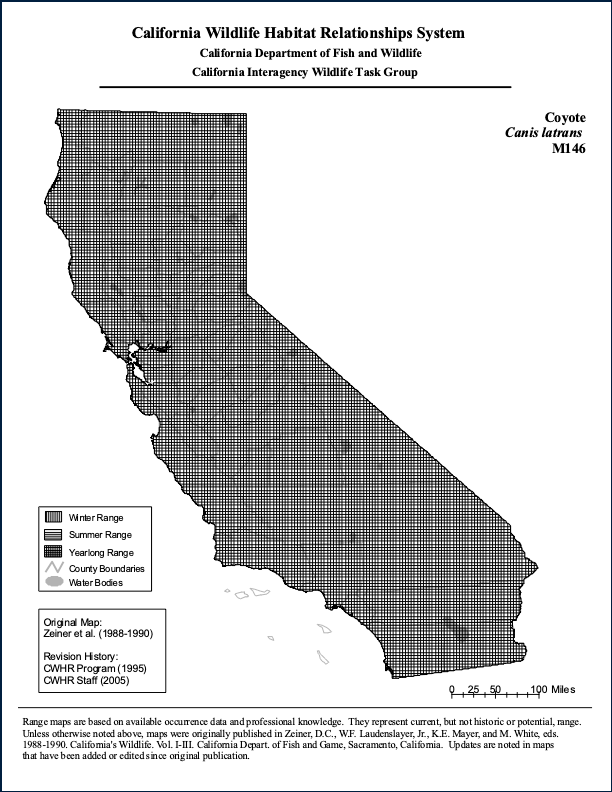
Coyotes are found in every county in California, a fact clearly reflected in the CDFW’s official Coyote Range Map, which shows their presence in nearly all landscapes outside of the most extreme alpine environments. They range from sea level coastal plains to elevations above 10,000 feet, though they are less common in the highest Sierra Nevada peaks where snow cover limits prey availability.
On California’s agricultural lands, suburban greenbelts, and desert scrub, coyotes thrive due to their dietary flexibility and behavioral adaptability. They are equally at home hunting rodents in orchards, scavenging along highways, or stalking rabbits in chaparral hillsides. Their ability to exploit both natural and human-created habitats is what has allowed them to persist statewide, even in regions where larger carnivores have declined.
Habitat Types in California
Deserts
In California’s Mojave and Colorado Deserts, coyotes are typically smaller-bodied and leaner, an adaptation to the arid environment. Their diet here is dominated by rodents, reptiles, rabbits, and carrion, supplemented by cactus fruit and other seasonal vegetation. Because water is scarce, desert coyotes obtain much of their moisture from prey and adapt their activity patterns to cooler evening and nighttime hours.
Rangelands & Agricultural Areas
Coyotes are a common presence on rangelands and farms, especially across the Central Valley and Sierra foothills. In these regions, coyotes provide an ecological service by consuming rodents that damage crops. However, their tendency to prey on sheep, goats, and calves also makes them the leading predator of livestock in California, often bringing them into conflict with ranchers.
Forests & Mountains
In California’s Sierra Nevada, coastal ranges, and mixed-conifer forests, coyotes grow larger and develop thicker coats to withstand colder, wetter conditions. Their diets here often include deer carrion, snowshoe hares, and other medium-sized prey. Coyotes in forested and mountainous areas maintain larger home ranges than their urban counterparts.
Urban & Suburban Areas
California is home to some of the highest recorded densities of urban coyotes in North America, particularly in Southern California cities. Coyotes thrive in fragmented urban habitats by traveling along greenbelts, golf courses, flood channels, and railway corridors, which act as ecological highways. In cities, their diet shifts dramatically toward garbage, compost, fruit trees, and even pets, a reflection of their adaptability.
Range Expansion & Human Influence
Coyotes were once restricted to open deserts and plains, but over the last century they have expanded dramatically across California. Urban growth, changes in land use, and the removal of larger predators such as wolves created new opportunities for coyotes to colonize. By the mid–20th century, they were increasingly observed in suburban neighborhoods and agricultural landscapes, a trend that has only accelerated.
Human activity has been central to shaping this expansion. Urban sprawl and habitat fragmentation created corridors that coyotes exploit, while unsecured garbage and outdoor pet food provide reliable food sources. Attempts at broad-scale lethal control have not reduced their statewide presence — instead, coyotes demonstrate compensatory reproduction and rebound quickly.
Today, coyotes not only occupy nearly every wildland habitat in California, but they also thrive in human-dominated landscapes, demonstrating one of the most successful examples of wildlife adaptation in modern history.
Island & Coastal Coyotes (Special Case)
While coyotes are overwhelmingly a mainland species in California, their expansion into coastal ecosystems and islands is an important consideration. Studies from other parts of North America show that when coyotes colonize barrier islands, they can become the dominant predator, reshaping local predator communities and displacing species such as foxes and free-ranging domestic cats.
In California, coyotes are not common on the Channel Islands, where island foxes remain the focal carnivore. However, colonization events are possible, particularly on islands with human settlements or accessible ferry routes. If coyotes were to establish themselves on California’s islands, they could function as apex predators, altering delicate island ecosystems in ways similar to the mainland but with amplified effects due to the smaller, more isolated prey base.
Ecological Corridors & Movement
Coyote movement patterns in California are strongly shaped by both environmental conditions and human development. In rural regions, home ranges are large and influenced by natural prey cycles, but in urban areas, coyotes rely heavily on corridors created by human infrastructure.
Key findings include:
- Flood control channels, rivers, and railway lines act as highways for urban coyotes, enabling them to move between fragmented green spaces.
- Roads and pollution gradients influence how and where coyotes travel, often concentrating their activity in less developed or lower-income neighborhoods where food attractants are less tightly managed.
- In suburban zones, coyotes often travel at night, reducing conflict risk while exploiting anthropogenic resources.
These patterns highlight how coyotes navigate California’s complex mix of wildlands, agriculture, and sprawling metropolitan areas. Urban planning decisions — such as how we manage greenbelts, waste systems, and transportation corridors — directly influence how coyotes move through and occupy landscapes.
Conclusion
Coyotes are present in nearly every corner of California, from the deserts of the Mojave to the urban core of Los Angeles. Their ability to adjust to diverse environments — deserts, rangelands, mountains, forests, farms, and cities — underscores why they remain one of the state’s most resilient carnivores.
Human activity has shaped much of this distribution. Agricultural expansion, suburban sprawl, and the decline of larger predators have all opened new opportunities for coyotes to thrive. In urban settings, they rely on corridors like flood channels and greenbelts, while in rural areas, they continue to function as both predator and scavenger, regulating prey populations and contributing to ecological balance.
By recognizing where coyotes live — and why — Californians can better prepare for coexistence. Their statewide presence is not a sign of overabundance but rather of adaptability and resilience. This broad distribution sets the stage for the next topic: a closer look at Urban & Suburban Coyotes in California, where human–coyote interactions are most concentrated and often most challenging.
Learn More About California Coyotes

